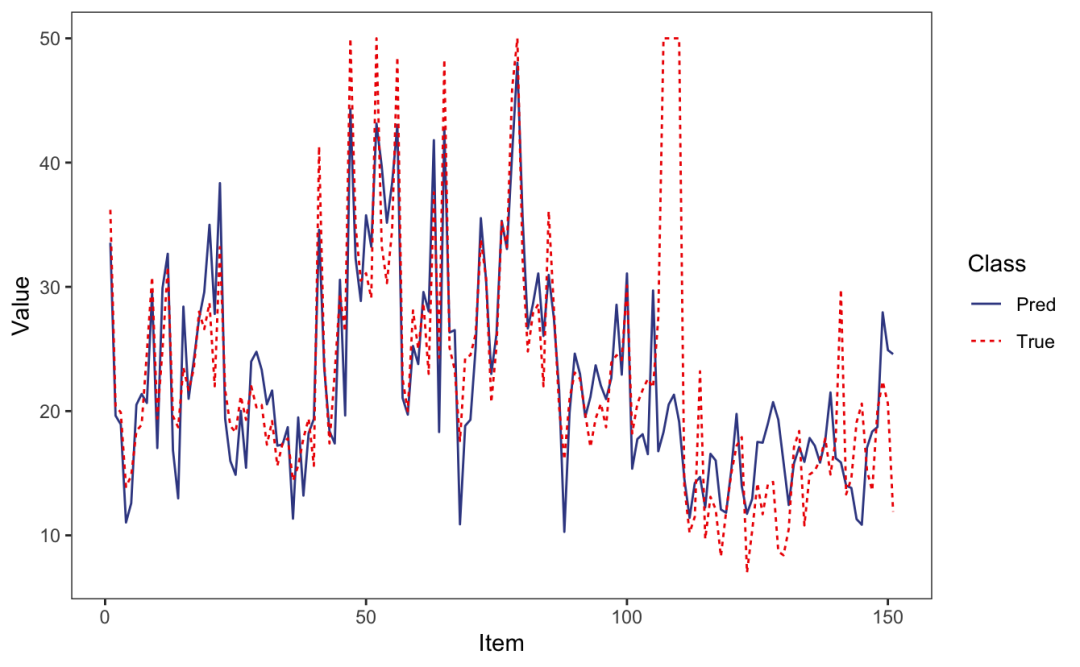LruCache & DiskLruCache原理。
常用的三级缓存主要有LruCache、DiskLruCache、网络,其中LruCache对应内存缓存、
DiskLruCache对应持久化缓存。Lru表示最近最少使用,意思是当缓存到达限制时候,优先淘汰近
期内最少使用的缓存,LruCache和DisLruCache都是如此。
比如说Android中常来缓存Bitmap,我们先依次从LruCache、DiskLruCache获取,最后才网络下
载。
本篇主要从原理和源码分析LruCache和DiskLruCache
LruCache
LruCache<K, V> 可以在内存中缓存数据,内部使用最近最少使用算法,优先淘汰最近时间内最少
次使用的缓存对象。
LruCache使用
LruCache<String, Bitmap> mMemoryCache;
mMemoryCache = new LruCache<String, Bitmap>(mMemoryCacheSize)
{ @Override
protected int sizeOf(String key, Bitmap value)
{ return value.getByteCount();
}
};
1234567mMemoryCacheSize表示LruCache的容量值,sizeOf则是每个bitmap占用多大。
其次,LruCache使用起来跟HashMap差不多,主要是put()加入缓存、get()获取缓存
// 加入缓存
mMemoryCache.put(key, bitmap);
// 取出缓存,可能为空
Bitmap bitmap = mMemoryCache.get(key)
1234LruCache源码
看一下重要的几个变量
private final LinkedHashMap<K, V> map; // 存储缓存
/** Size of this cache in units. Not necessarily the number of elements. */
private int size; // 当前缓存的大小
private int maxSize; // 缓存的最大容量
1234LruCache使用LinkedHashMap来缓存,LinkedHashMap简直就是为了LruCache定制的,如果不熟
悉的话可以看下这篇文章《LinkedHashMap原理和源码分析》

LinkedHashMap继承自HashMap,而且内部维护着一个双向队列,可以设置根据访问动作或者插
入动作来调整顺序。
我们根据访问动作会来调整顺序,当插入一个结点时候,将该结点插入到队列的尾部,或者,访
问某个结点时,会将该结点调整到队列尾部。这样保证当超过缓存容量的时候,直接从头部删除
很久没有用过的结点就可以了。
以上基本就是LruCache的基本原理了。
看一个get()、put()方法:
public final V get(K key) {
if (key == null) { // 不支持key、value为null
throw new NullPointerException("key == null");
}
V mapValue;
synchronized (this) {
mapValue = map.get(key);
if (mapValue != null) {
hitCount++;
return mapValue; // 获取到值,直接返回
}
missCount++;
}
V createdValue = create(key); // 默认是返回null,可以重写表示新建一个默认值
if (createdValue == null)
{ return null;
}
// 走到这里,表示create(key) 一个默认值createdValue
// 以下走插入createdValue流程
synchronized (this)
{ createCount++;
mapValue = map.put(key, createdValue);
if (mapValue != null) {
// There was a conflict so undo that last put
// 说明插入的key有冲突了,需要撤销默认值,恢复插入原来的值mapValue
map.put(key, mapValue);
} else {
// 计算增加size
size += safeSizeOf(key, createdValue);
}
}
if (mapValue != null) {
// entryRemoved默认是空实现,每当移除一个entry都会调用
entryRemoved(false, key, createdValue, mapValue);
return mapValue;
} else {
// 核心方法,整理缓存,超过限制会清除缓存
trimToSize(maxSize);
return createdValue;
}
}
123456789101112131415161718192021222324252627282930313233343536373839404142
public final V put(K key, V value) {
if (key == null || value == null) { // 不支持key、value为null
throw new NullPointerException("key == null || value == null");
}
V previous;
synchronized (this) {
putCount++;
size += safeSizeOf(key, value); // 增加新的value的size
previous = map.put(key, value); // 添加<key, value>
if (previous != null) {
size -= safeSizeOf(key, previous); // 减去旧的value的size
}
}
if (previous != null) {
// entryRemoved默认是空实现,每当移除一个entry都会调用
entryRemoved(false, key, previous, value);
}
// 核心方法,整理缓存,超过限制会清除缓存
trimToSize(maxSize);
return previous;
}
123456789101112131415161718192021222324trimToSize() 在增加缓存之后会调用,负责整理缓存,超过限制会清除旧的缓存
public void trimToSize(int maxSize)
{ while (true) {
K key;
V value;
synchronized (this) {
if (size < 0 || (map.isEmpty() && size != 0)) {
throw new IllegalStateException(getClass().getName()
+ ".sizeOf() is reporting inconsistent results!");
}
if (size <= maxSize || map.isEmpty())
{ break;
}
// LinkHashMap.entrySet()是LinkedEntrySet,是有序的
Map.Entry<K, V> toEvict =
map.entrySet().iterator().next();
// 移除队头元素,最近最少使用的节点
key = toEvict.getKey();
value = toEvict.getValue();
map.remove(key);
size -= safeSizeOf(key, value);
evictionCount++;
}
entryRemoved(true, key, value, null);
}
}
1234567891011121314151617181920212223242526trimToSize()利用了LinkedHashMap的特性,当超过限制时候,移除头部的结点,因为头部结点是
最旧的结点。
LruCache不支持key为null,而HashMap支持key、value为null,而HashTable、
ConcurrentHashMap都不支持key 或value为null。
DiskLruCache
DiskLruCache整体的思想跟LruCache是一样的,不过它操作的是本地磁盘的文件实体,而且使用
起来也麻烦了很多。
DiskLruCache的使用
DiskLruCache并不是Android内置的库,而且需要存储权限
<uses-permission android:name="android.permission.READ_EXTERNAL_STORAGE" />
<uses-permission android:name="android.permission.WRITE_EXTERNAL_STORAGE" />这里有DiskLruCache介绍地址:https://github.com/JakeWharton/DiskLruCache



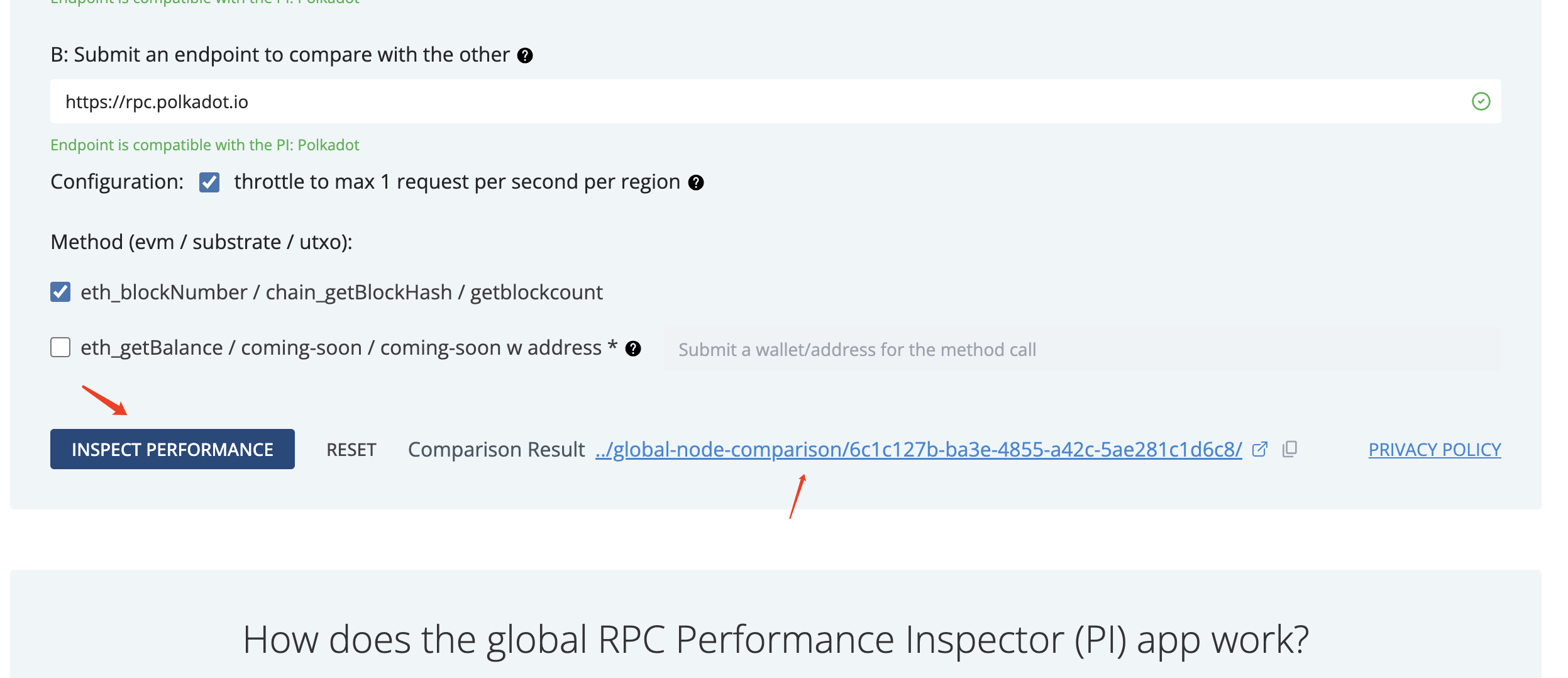

![World of Warcraft [CLASSIC][80][Grandel]Sapphire Hive Drone](https://i-blog.csdnimg.cn/direct/895a93c84eeb43a98e1c98258553d409.jpeg)
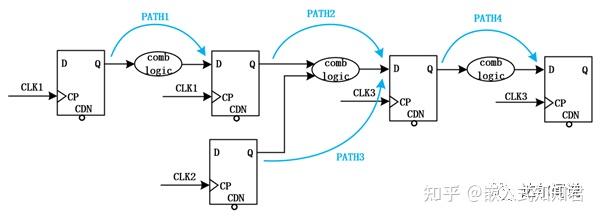

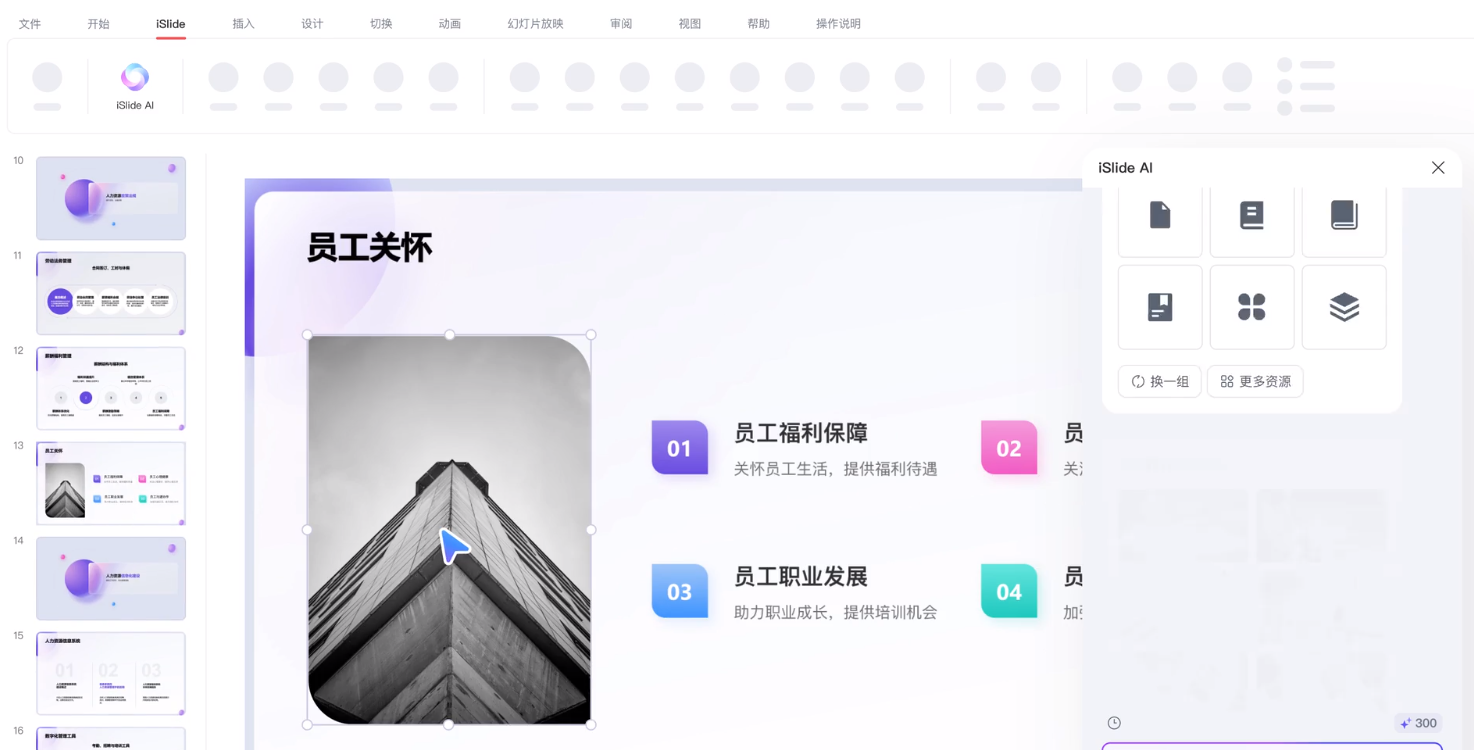


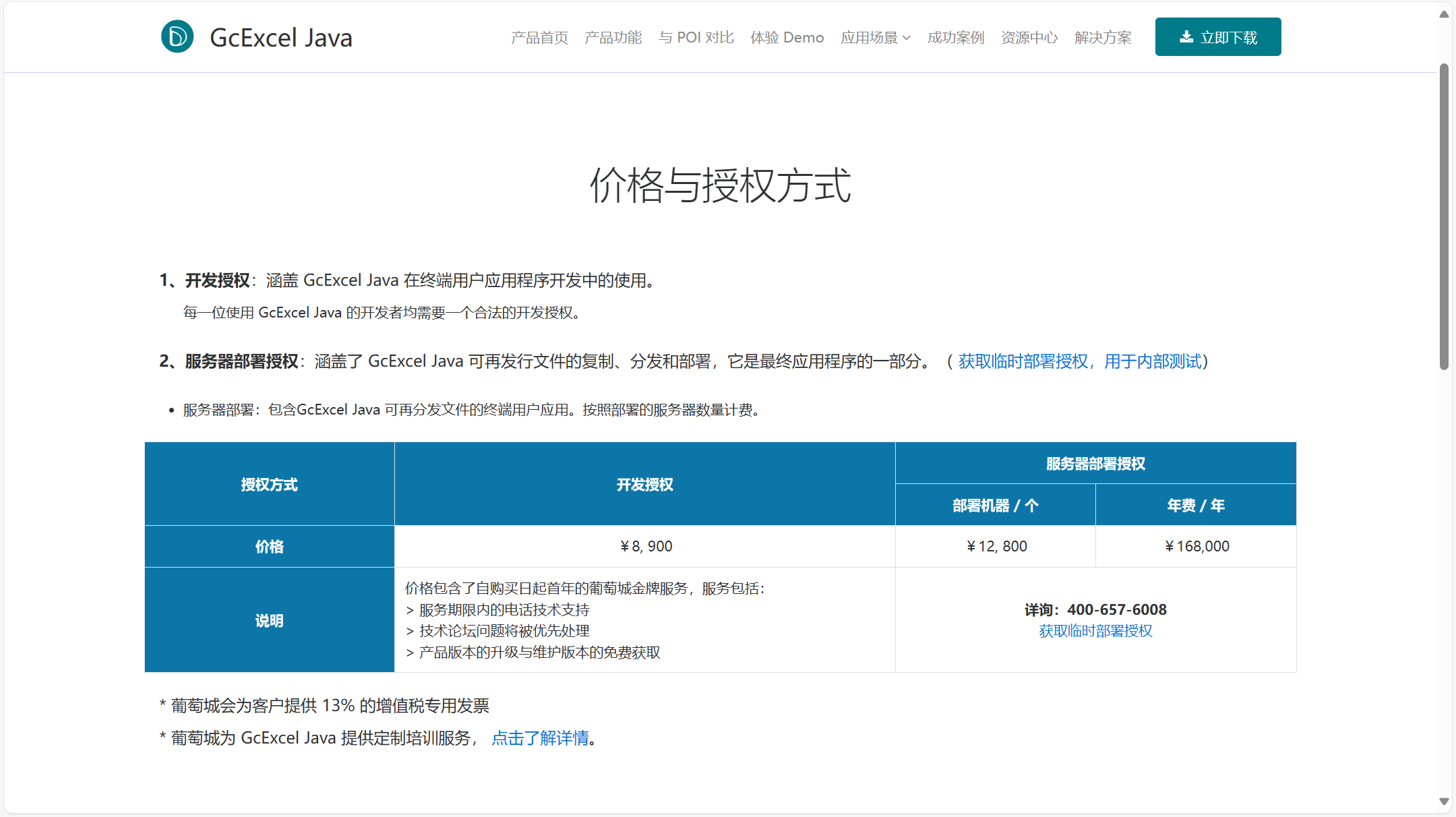



![[极客大挑战 2020]Greatphp1](https://i-blog.csdnimg.cn/direct/92588f59d39e40c491717358e3953446.png)
